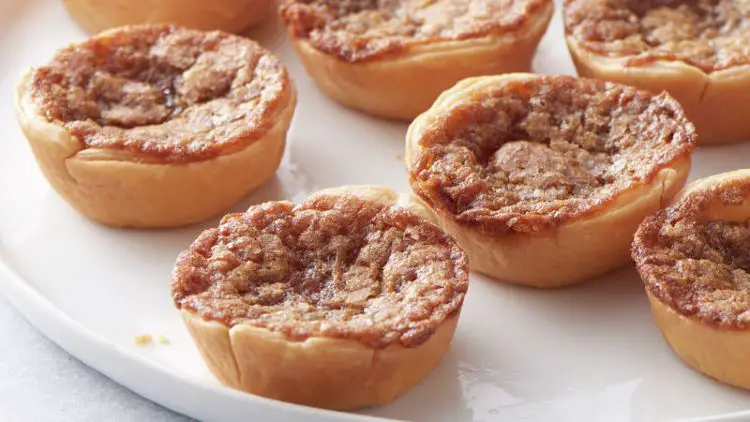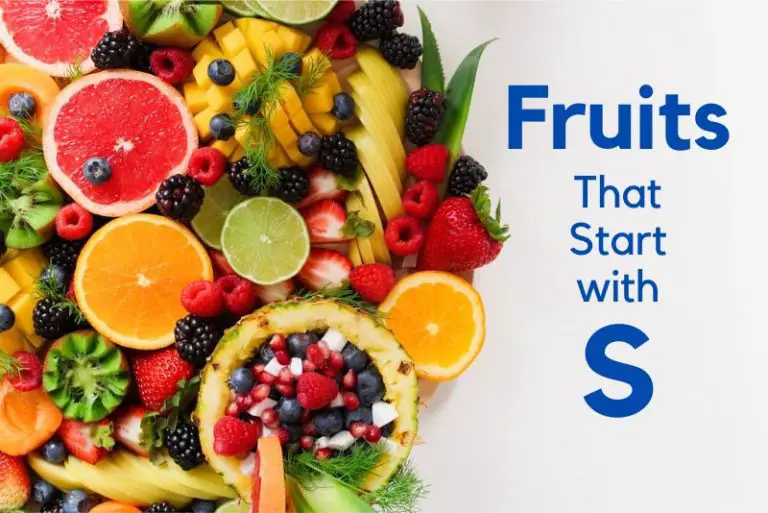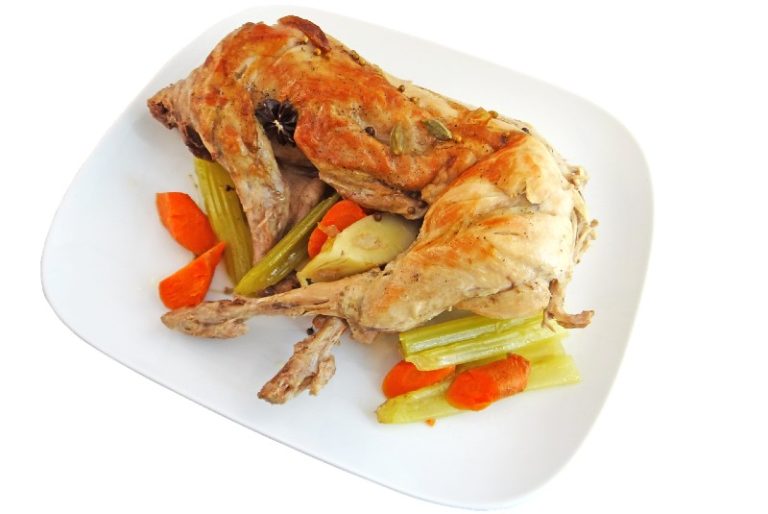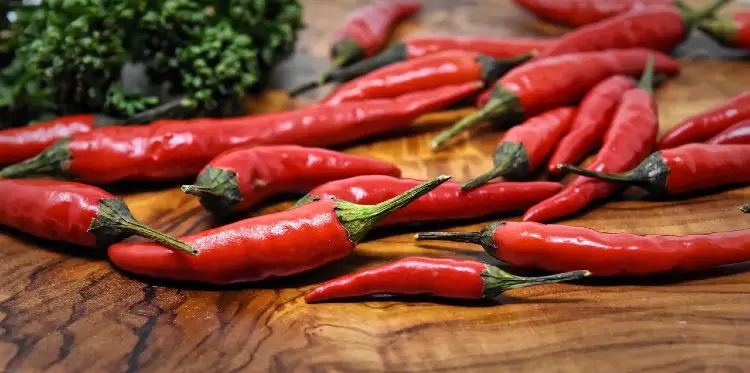Capturing Artisanal Skill
I have never been far away from a camera, even as a child. I remember looking through my father’s pictures – roll film negatives taken on a folding camera, which I still have – and I remember him showing me how to set the lens and shutter, and read off depth of field from a little table on the back of it. My first camera was a Kodak Brownie, and my first SLR was a Minolta bought with my first week’s allowance at University.
When I jumped ship and embarked upon a Fine Arts degree course I moved up to large format film cameras which I carried out into the landscape. Their very nature requires a more contemplative, considered approach to picture making. I think everything I learned from using film cameras and the years of fine printing in darkrooms has informed my photography ever since. I always had to get it ‘right’ in the camera, using the darkroom simply to realise my vision and make it shareable. Now Photoshop is my darkroom and I use it as such. And the cool thing is it doesn’t turn your fingernails brown!
I have worked in professional photography for the last twenty five years but my still life and food photography has been more of a personal journey. It is nice to construct the image before you even offer the camera up to capture it. I get inspiration from paintings for a lot of images, food has always been a popular subject with painters and I enjoy seeing how they arranged things and the quality of light they captured.
I would love to collaborate on a cookbook, be involved with it from start to finish. Having worked on and designed books it gives me a sense of how the images will sit on the page as I take them, and at least allows me to make them work flexibly in a layout. As an avid collector of cookbooks – my weekend charity shop expeditions have become a regular fixture, as my long-suffering daughter will testify – I get to see photography of all styles, admiring how the images work with the text. For me the bottom line is: if the picture wants to make you get out there, buy ingredients and get cooking, job done.
I have a series of images in mind of local food producers and retailers, a breed of people we need to cherish and support, maybe supported with text, I don’t know yet. But working with food has brought it home to me how close we are to allowing these small artisans to simply disappear; they are a treasure that we are lucky to have and must be appreciated as such.
When I started photography seriously at college my main camera was a large format view camera (head under a black cloth, for those unfamiliar with the term) and my main subject was landscape. By the very nature of the equipment and the limitations of how much film could be carried along it was a very contemplative and considered way of working. Every shot counted. American masters such as Edward Weston and Paul Caponigro showed me what a carefully crafted image could do,and I think that has always informed what I do, even now. A few years ago I created a homage to a Caponigro still-life of pears and it was this image that got me thinking of edibles as a subject matter.
As for current practitioners, I guess I am more aware of the work of Jonathan Lovekin than anyone else. I am a big fan of Nigel Slater – Lovekin must have the best job in the world!
I am lucky to have some great butchers and game dealers locally, and plenty of farmers’ markets. I am passionate about supporting local producers and believe we are in danger of losing that special relationship that can only be found among retailers who are closely connected with the produce they sell.
When I was a child I remember looking out of our kitchen window and seeing the herd of cows that supplied us with our milk, and I could actually hear the chickens that gave us our eggs. And no, we weren’t living in some rural idyll with hollyhocks nestling among cabbages, but on the edge of an ordinary Yorkshire market town, one where milkmen still delivered and shopkeepers remembered your name.
I think the style of much current food photography reflects current trends in how our relationship with food is changing. Gradually we are being encouraged to prepare and cook more of our food, to demand locally sourced ingredients, and photography is showing good food that is attainable, within reach of ordinary people and presented in a friendly and familiar way. Real photographs of real food that anyone can make.
If I had to give advice to any young people who were interested in enetering this profession, I would advise to concentrate on something you really enjoy and learn to do it as well as you possibly can. A lot of the time you will be styling your own shots so be aware of current trends, and become an avid prop collector. A passing knowledge of print requirements can be useful; learn what bleed means, how white space is used for copy. Become as useful as you can; these days the photographer is required to present print ready files so become absolutely clear what this means. The easier you are to work with, and the fewer snags your files present, the more people will want to work with you.
Contact Details
David Milnes: www.davidmilnes.co.uk
Follow David on twitter: @PhotoDM



